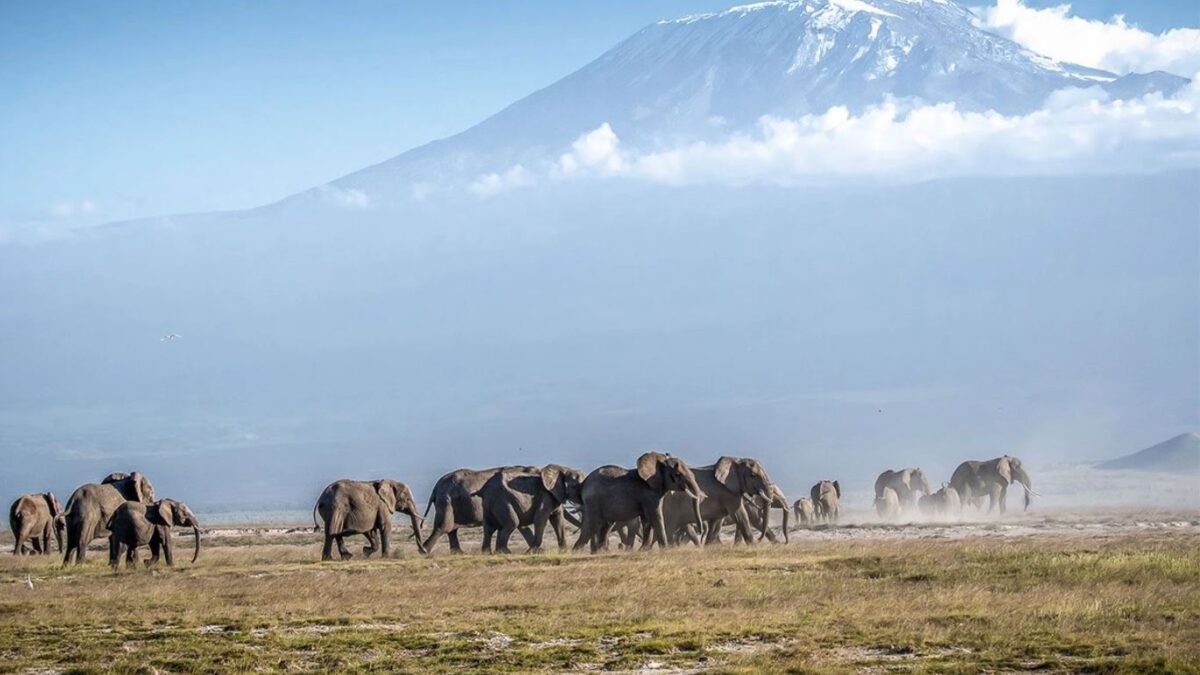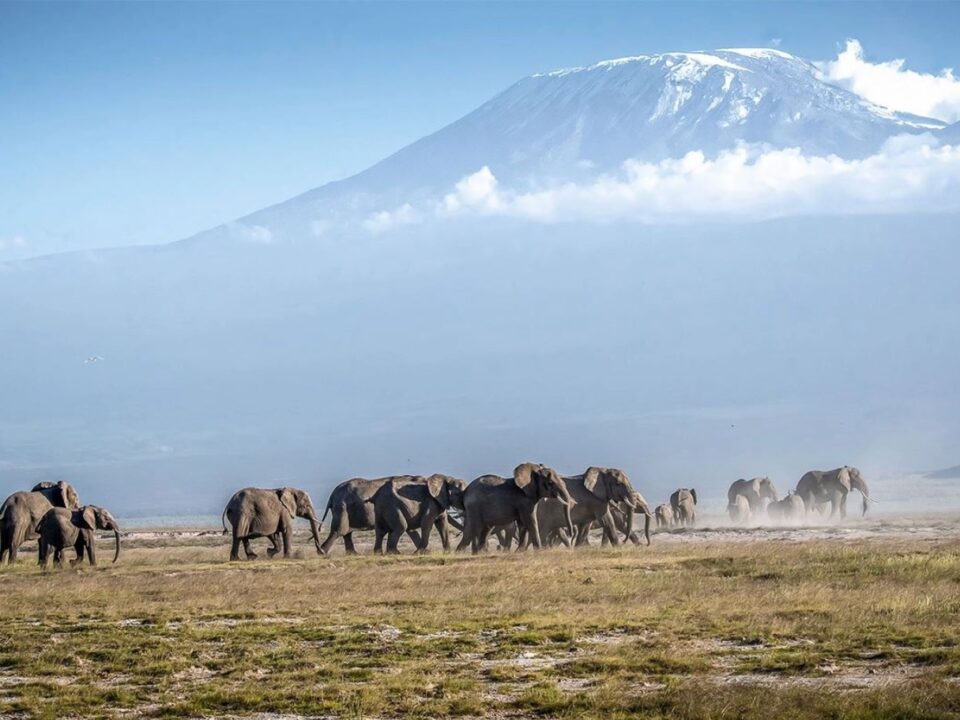Mount Kenya National Park & Reserve

Gorilla Photography Safari in Ruhija sector
November 20, 2023
Meru National Park in Kenya
November 20, 2023Explore the Heights and Wilderness of Mount Kenya National Park & Reserve – Unveiling Mount Hiking and Wildlife Safaris in Kenya
Mount Kenya National Park beckons adventurers with the promise of touching the sky, as they ascend to 5,199 meters, making it the second tallest mountain in Africa. This designated World Heritage Site boasts a pristine wilderness adorned with lakes, tarns, glaciers, dense forests, mineral springs, and a remarkable array of rare and endangered animal species. The high-altitude adapted plains game, unique montane, and alpine vegetation create a captivating backdrop for activities such as mountain climbing, camping, and caving. The rugged glacier-clad peaks of Mount Kenya offer an unparalleled experience for nature enthusiasts.
General Park Information:
Situated in central Kenya, Mount Kenya National Park is home to Mt. Kenya, the second-highest mountain in Africa, towering at 5,200 meters or 17,060 feet. Although smaller in size compared to Mt. Kilimanjaro, Mt. Kenya offers a more technical climb, attracting fewer climbers. Many tour companies have shifted their focus to safaris, often combining visits to Mount Kenya National Park with other renowned parks like Amboseli and Masai Mara. Easily accessible northeast of Nairobi, the park is an ideal destination for a brief one- or two-day safari.
Birds of Mount Kenya National Park:
Mount Kenya boasts a rich montane avifauna, with six of the eight Kenya Mountains Endemic Bird Area and 54 of the 70 Afrotropical Highlands biome species found in Kenya. The area is a haven for globally and regionally threatened species, including Abbott’s Starling, Lesser Kestrel, Jackson’s Widowbird, Sharpe’s Longclaw, Olive Ibis, Lammergeier, Ayres’s Hawk-Eagle, African Crowned Eagle, African Grass Owl, Cape Eagle-Owl, Purple-throated Cuckoo-shrike, Long-tailed Widowbird, Abyssinian Owl, Scarlet-tufted Sunbird, and Kenrick’s Starling.
Wildlife of Mount Kenya National Park:
With most of the park located above 3,000 meters, it is malaria-free and cooler than the surrounding areas. While not home to the big five, an encounter with an elephant is almost guaranteed. Leopards and rhinos are rare sightings, advising against Mount Kenya as a safari destination for those seeking these elusive animals. The park’s diverse fauna includes white-tailed mongoose, suni, black-fronted duiker, mole rat, bushbucks, waterbuck, and elands.
How to Get to Mount Kenya:
Accessible by road, Mount Kenya National Park is 175 km from Nairobi, reachable via Nanyuki-Isiolo road or Nyeri-Nanyuki road near Naro Moru. Chogoria on the Embu–Meru road offers another route about 150 km north of Nairobi. Airstrips are available, with the closest commercial airstrip located in Nanyuki.
Where to Stay in Mount Kenya National Park:
- Hotel Fairmont Mount Kenya Safari Club
- Serena Mountain Lodge
- Naro Moru River Lodge
- Met Station Bandas
Best Time to Visit Mount Kenya National Park:
Mount Kenya experiences cooler temperatures compared to most of the country, with a subtropical or temperate climate. The rainy season from March to May and October to December brings drizzly and cloudy conditions. Rainfall is moderate on lower slopes and heavier higher up. The sunniest months are from December through March, providing an ideal time for a visit.


